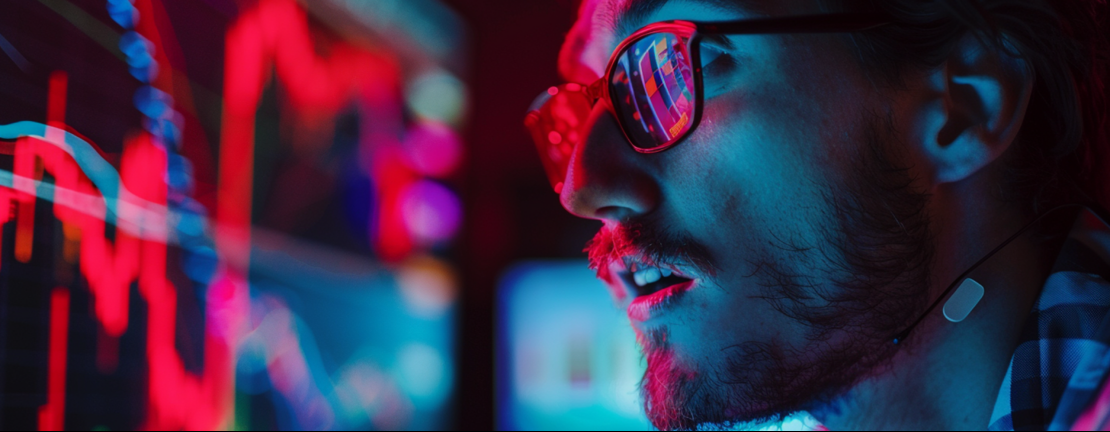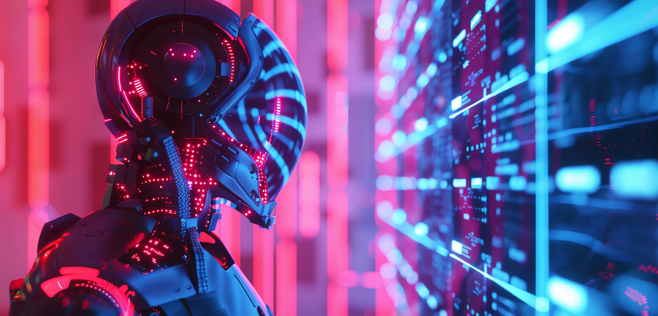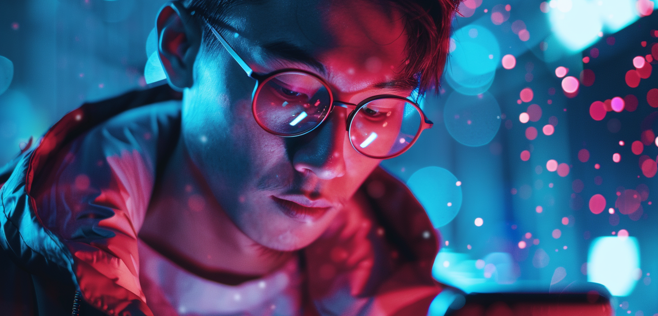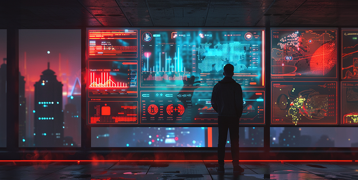Published 20 Jul 2025
Why Do Many Beginners in Trading Lose Money, and How Can AI Help?

Most beginner traders tend to lose money. This isn't because they're careless or just unlucky. It happens because trading is tough. The market moves, emotions take over, and without a solid plan, mistakes happen often and pile up. Many jump into trading expecting to make fast money but end up overwhelmed by complex charts, mixed advice, and unexpected losses. What starts as excitement can soon turn into disappointment.
But there’s hope. AI is changing the game. By cutting out emotional decisions and guesswork, it gives beginners a genuine advantage. This piece explains why new traders struggle so much and how AI tools can help them overcome these challenges.
Why Do Beginners Lose Money in Trading?
Trading beginners don’t lose because they lack intelligence. They lose because they’re human. And humans repeat the same errors again and again.
One of the biggest challenges is dealing with emotions. Fear, greed, and FOMO push traders to make poor choices. They might buy too high, sell too low, or hold on for way too long. The market doesn't care about emotions, but your bank account does.
Another common issue is not having a strategy. Many newbies trade without direction. They listen to social media trends, chase random tips, or try a new approach every few days. This leads to inconsistency with no way to see what works.
Overtrading also becomes a trap. New traders assume staying active in the market means more chances to win. But with no proper setups more trades mean more errors. Risk is another hurdle. Without proper controls, one bad trade with a large position can erase all previous profits. A lack of limits often leads to financial trouble.
On top of this new traders don’t know enough about how markets function. Prices are influenced by news economic reports, and market sentiment. Understanding these takes experience and time, which beginners lack.

How Can AI Fix Trading Mistakes?
AI doesn’t feel fear or greed, and it never chases hype. That puts it ahead of human traders right away. AI tools analyze facts instead of emotions. They look at countless market signals, headlines, price trends, and indicators . They provide insights based on logic, not gut instincts.
This reduces the guesswork for beginners. AI can recommend when to buy or sell by studying past patterns and current trends. It can calculate position sizes and set stop-losses to protect against excessive risk.
AI also provides stability. While humans switch strategies, AI stays consistent. Following a planned approach can deliver better outcomes over time.
Some platforms even use AI to create custom strategies depending on your habits, risk comfort, and goals. It’s like working with a personal coach who learns along with you and keeps you from blowing up your account.
By following a system instead of reacting, you can trade in a smarter and more disciplined way. That shift matters a lot.
Examples of AI in Trading
AI isn’t just some concept — it’s already being used in trading. And it’s no longer exclusive to big hedge funds or expert traders. Everyday traders can now access cutting-edge tools once out of reach.
For instance, AI can comb through years of pricing history in seconds to find signals that often lead to big price moves. It can track dozens of indicators at once, which humans can’t manage, and notify you when conditions meet your criteria.
Some programs use machine learning to predict short-term price behavior by monitoring news, sudden jumps in trade volume, and public sentiment. Others let you test thousands of strategy setups to discover what fits your style.
AI is also used in trading bots that execute orders instantly without hesitation or second-guessing. Chat-based AI assistants can guide you through signals, explain setups, or help you make decisions step by step.
Platforms like RateXAI rely on AI as their foundation. From crafting strategies to managing risk and carrying out trades, AI tackles the heavy tasks so traders can concentrate on their overall plans.

Does AI Replace Human Traders?
Not, and it shouldn’t. AI is a powerful tool, but it works best when paired with human input. It excels at analyzing data, staying calm, and following strict rules. However, it still requires human oversight.
Markets are affected by more than just numbers. Factors like psychology, politics, timing, and intuition play a role. A skilled trader can spot the bigger picture, which AI isn’t great at recognizing yet.
Think of AI as handling the technical details, while you steer the strategy. AI monitors signals, controls risk, and enforces discipline. You choose the types of trades, set goals, and decide when to step back.
This makes for a strong partnership. AI filters out the noise and controls emotional reactions allowing you to focus on broader decision-making. So no, AI won’t replace traders, but it can make them much better.
Conclusion
Most new traders fail because they rely too much on emotions, guessing, and unorganized advice. Approaching trading without a strong plan or proper risk controls ends in failure.
AI brings structure and calm into a field often dominated by fear or hype. It allows you to trade with logic instead of emotional impulses.
You don’t have to be an expert or stare at charts . With effective AI tools, you can avoid common mistakes, make decisions , and even enjoy trading as a learning process.
Although trading still carries risks, with AI as your partner, you’re no longer jumping into the market blind.
Read More




 Get RateX Pro
Get RateX Pro

 06 Jun 2024
06 Jun 2024
